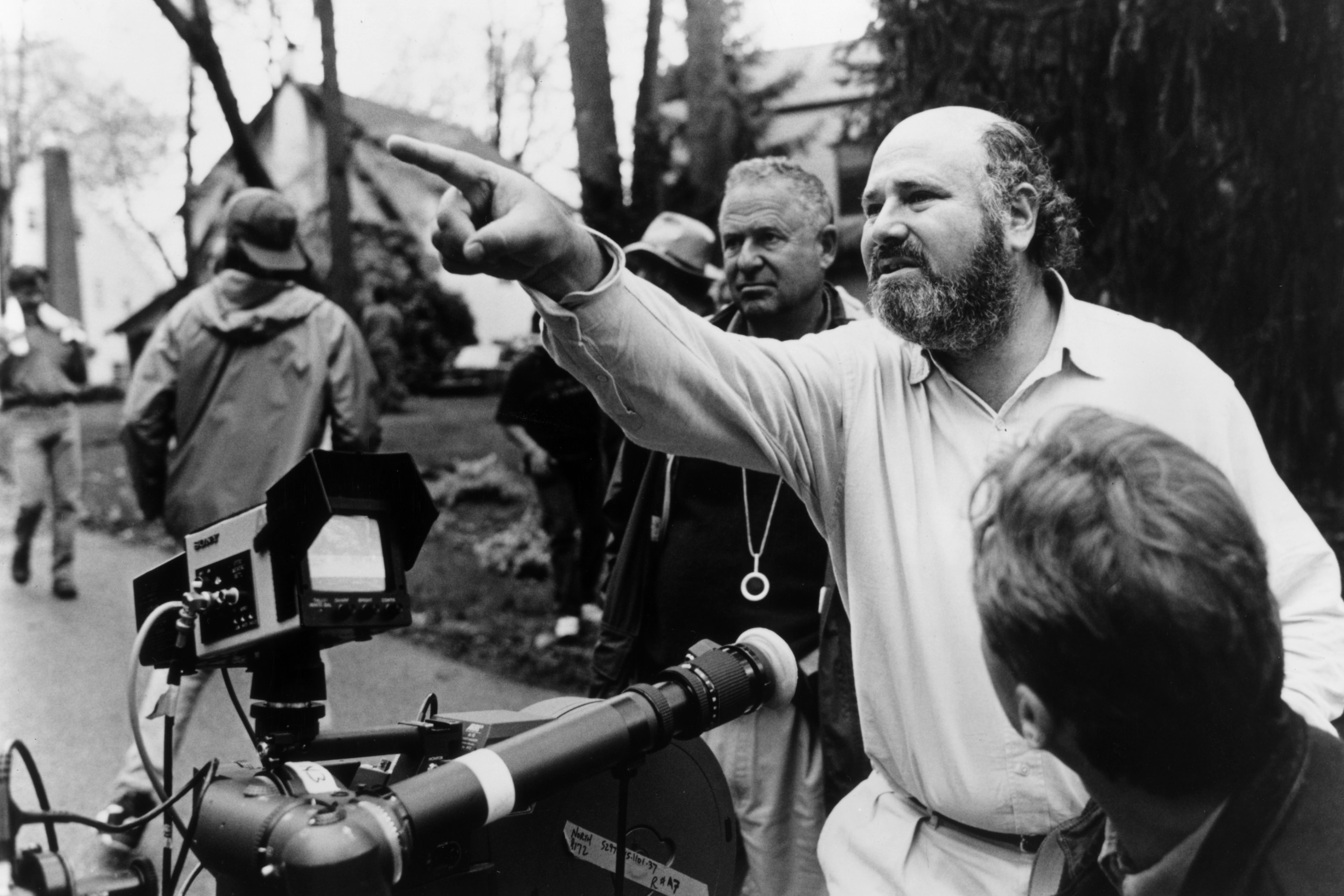Fifty years ago, the hot comedy skit was Saturday Night Live’s “Generalissimo Francisco Franco is still dead,” a play on the coverage of the Spanish dictator’s demise. That gag came to mind when I read yet another update on the terminally ill Washington Post, a newspaper that I delivered each morning back when the Franco punchline and the newspaper were among the biggest deals in town.
Washington City Paper reported earlier this week that after this weekend, the Post will no longer have a standalone Metro section in its print edition. The paper told subscribers about the move in an email from executive editor Matt Murray. From City Paper’s story:
The final Metro stand-alone section will print this coming Sunday, June 22. Starting the next day, the paper will reduce the total number of sections most days to three or four; on Tuesdays and Saturdays the Post will print only two sections, including the new Metro/Sports/Style.
The Style section will get its own front every day of the week, and Sports will get its own section two days a week. Metro never will have its own front, getting sandwiched between other sections every day starting Monday, according to Murray’s email.
Sounds like a great plan! Or, at least, a plan derived by the same braintrust that several months ago gave staffers a goal to attract "200 million paying users" to the paper's website.
(And, yes, now my usual disclosures: I worked for Washington City Paper for 26 years and, after six wondrous years as a paperboy for the Post as a kid, I did freelance pieces for the paper's Style and Sports sections for 29 years.)
City Paper, citing data from the Alliance for Audited Media, said the Post’s paid average daily circulation is down to 97,000, with about 160,000 on Sundays. According to Pew Research, print circulation for the paper peaked in 1993, with more than 1.1 million Sunday subscribers.
The death of the physical Metro section comes long after the paper’s coverage of local events went to hell, at least in my opinion. I was particularly stunned by the information the paper gave readers about the removal of Black Lives Matter Plaza earlier this year, as our country makes its own descent into fascism. After D.C. Mayor Muriel Bowser shocked her constituents in early March by saying she’d get rid of the monument born of 2020's protests, the Post ran a story saying the mural didn’t mean much to residents anyway. The paper followed that up with an editorial telling anybody distressed about the fate of BLM Plaza to move on: "Want to really help residents?" read the March 7 editorial. "Focus on the issues that affect people’s day-to-day lives: reducing crime, building affordable housing and creating a vibrant economy."
The mural was removed by construction crews at the end of the month, a project covered by local TV stations and national news organizations. Meanwhile the Post had scant coverage—one op-ed, zero reported news stories—when the monument it had called "permanent" less than four years earlier was actually demolished.
With a Metro section like that, who needs a Metro section?







